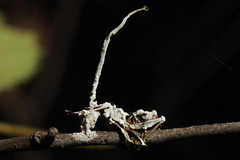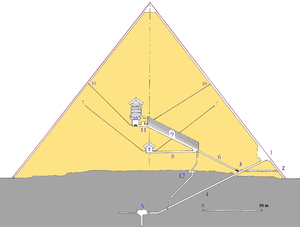… is a specially-designed room in Minnesota at Orfield Laboratories Inc. Intri gued? Read on:
gued? Read on:
How does one achieve The Quietest Place on Earth? Start with a room
within a room, within a room: the Orfield Labs six sided anechoic
chamber is a small room floating in a pit on I-beams that are on top of
springs. A five sided chamber of identical construction surrounds it on
the edge of the pit. Both chambers are made of double wall
steel-insulation-steel. The anechoic chamber was manufactured by Eckel, the largest anechoic chamber builder in the country.Both
steel chambers are held within a larger room that was built with solid
one foot thick concrete walls and ceiling panels. The smaller room is
filled with 3.3 feet thick fiberglass acoustic wedges. This approach led
to the anechoic chamber found at Orfield Labs being measured by
engineers on January 21st of 2004 at negative 9.4 dB (with A-weighting),
thus earning it the title of Quietest Place on Earth. By comparison,
the low threshold for human hearing is considered to be 0 dB.
The room is, in fact, the Guinness World Record holder for the quietest place on Earth. You can read the original article here. But please remember, silence is golden.











